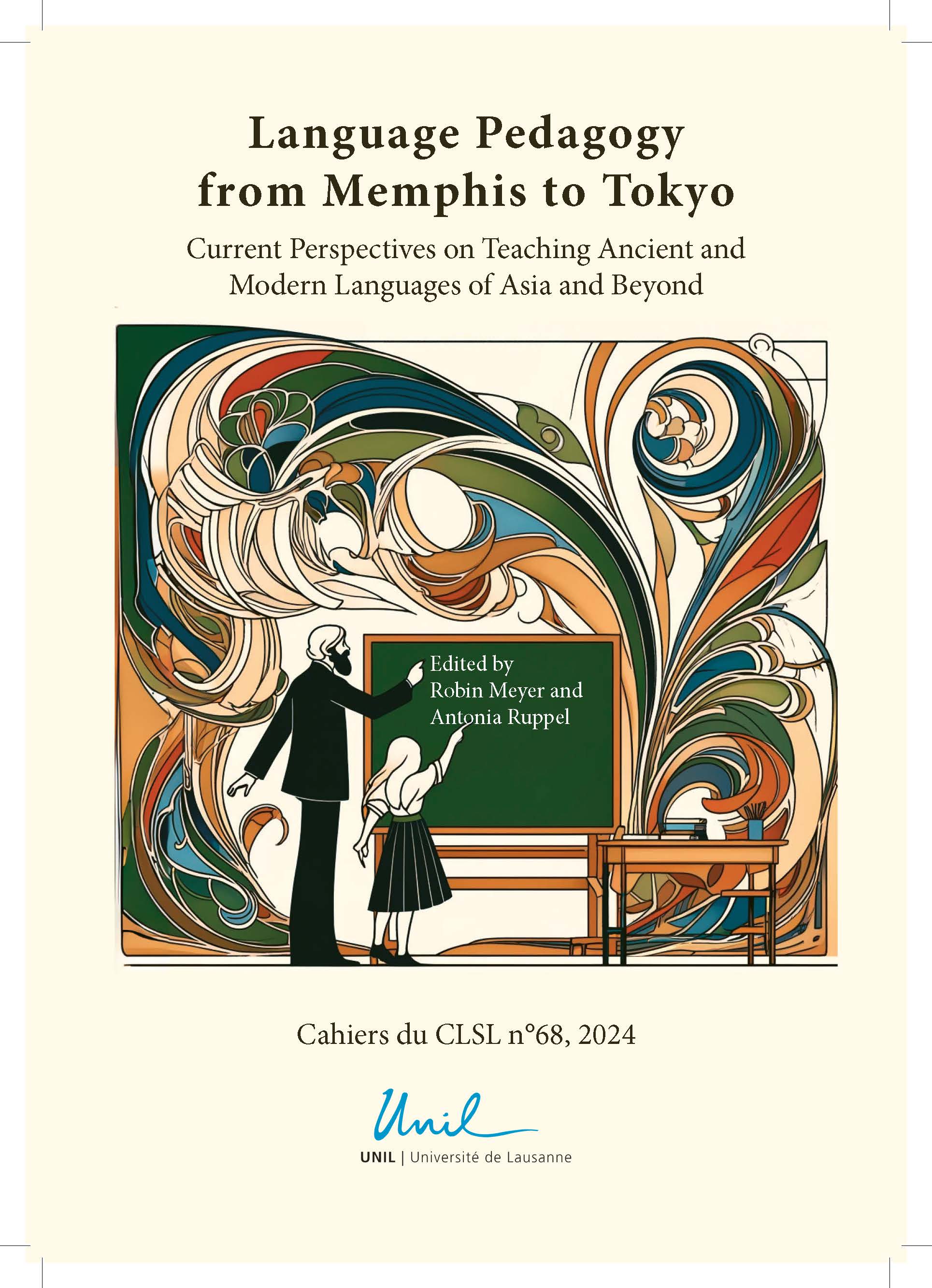Abstract
Elements of Classical Japanese and other older forms of Japanese infuse Modern Japanese. As such, speakers of Japanese, including learners of Japanese as an additional language (JAL), generally require passive and in some cases active knowledge of Classical Japanese as part of their linguistic repertoire and overall language proficiency. In response, this article advocates a more proactive approach to teaching Classical Japanese elements to JAL learners. The article describes the features, forms, and usage of Classical Japanese in modern Japanese and then, maps out a pedagogical framework shaped by measurable student learning outcomes. Extensive reading is integrated into modern Japanese language courses supported by scaffolding activities such as explicit instruction, focus-on-form exercises, grammar-translation, and more in a flipped/blended format. Activities harness the soft power of Japanese popular culture through incorporating cultural artifacts such as haiku, manga, and anime, further motivating learners. Moreover, introducing elements of Classical Japanese to JAL learners may encourage them to take full-on Classical Japanese language courses, boosting enrolment and serving as a gateway to courses on Classical Japanese literature, history, culture, and more.

This work is licensed under a Creative Commons Attribution 4.0 International License.
